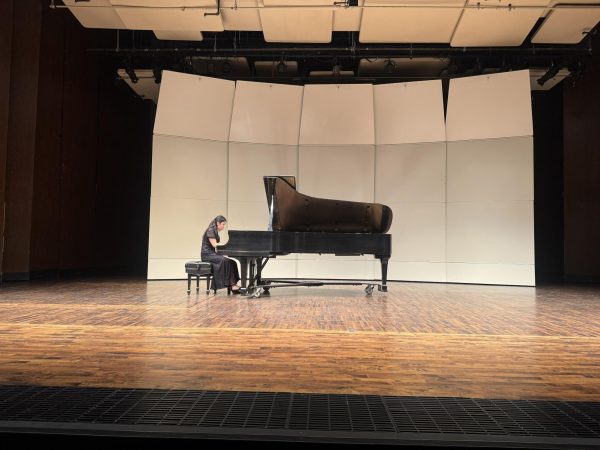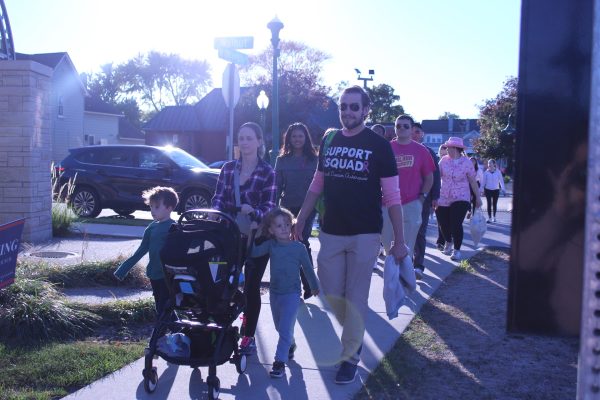Oakland responds to the demand for drone-based careers
With the creation of Amazon’s Prime Air in late 2016, which further incorporated its use of drones in delivering packages, it is evident that commercial utilization of unmanned aerial vehicles (UAVs) is beginning to skyrocket.
In response to the demand within such a unique field of expertise, Oakland University developed a course which teaches the Federal Aviation Administration (FAA) regulations, basic flight training and enables students to pass the FAA certification exam.
“We feel like this is going to be a very up and coming area for the future,” said Lori Crose, director of continuing and professional education. “Drones are going to be playing a major part in a number of areas, and probably areas that we don’t even recognize now.”
There are two non-credit courses and an exam, with which Oakland holds a 100 percent pass rate, required to complete the certification. The latest installment of the first course, which is four weeks and 12 credit hours for $600, will begin Wednesday, Jan. 17 at 6 p.m.
Some of the FAA regulations covered will be focused on weather, airport traffic and signs and signals that pilots have to understand.
While a certification is currently only required for commercial use, Nicholas Zorka, professor of this course along with Steve Durecki, reported that the FAA may soon require it for hobbyists flying a UAV weighing any more than half a pound.
“It’s just basic questions that a regular pilot in command of an aircraft basically needs to know, that the person flying an unmanned vehicle also needs to know so they don’t have an accident,” Zorka said when referring to the exam.
Regardless, earning the certification strictly for commercial use is quickly becoming a valid enough reason.
According to Zorka, some UAV intensive careers can provide a six-figure income such as in the case of one man who contracted with the Indonesian government to survey the country’s plants and soil through use of a drone.
“It’s a growing industry,” Zorka said. “Wherever things look like they can be fun where you can make lots of money, that’s where a lot of people are going to gravitate toward.”
Further examples of commercial drone use include heating and cooling where a drone can fly up to inspect units, journalism where news agencies can fly above newsworthy stories as well as search and rescue.
“Oakland University’s Communication and Marketing Department has a licensed sUAS pilot that was trained through our program,” Crose said. “Commercially, he is now eligible to take footage of campus activities for publication purposes.”
Not unlike a CPR certification, a person must be recertified to commercially fly a UAV every two years since the rules and regulations are always evolving.
A few of the current FAA rules, according to Zorka, are that the maximum height ceiling is 400 ft., there must be a three-mile field of view and drones cannot fly over crowds. Violation of any of these could result in a $1,414 ticket.
The courses are typically offered four times a year and are available both to OU students and to the surrounding community. For more information on the courses, visit the sUAS Remote Pilot Certificate Program’s website.




